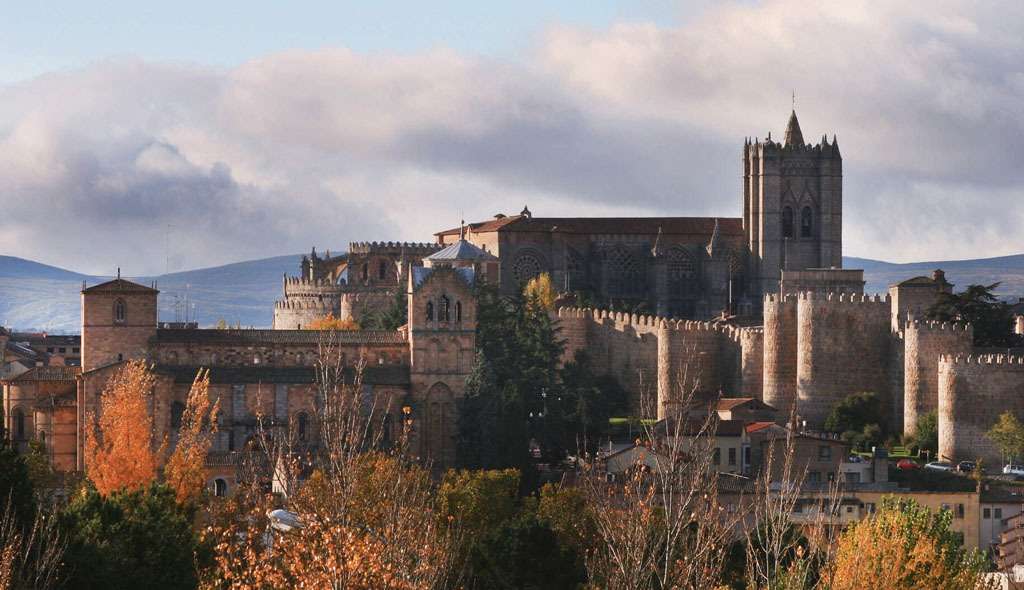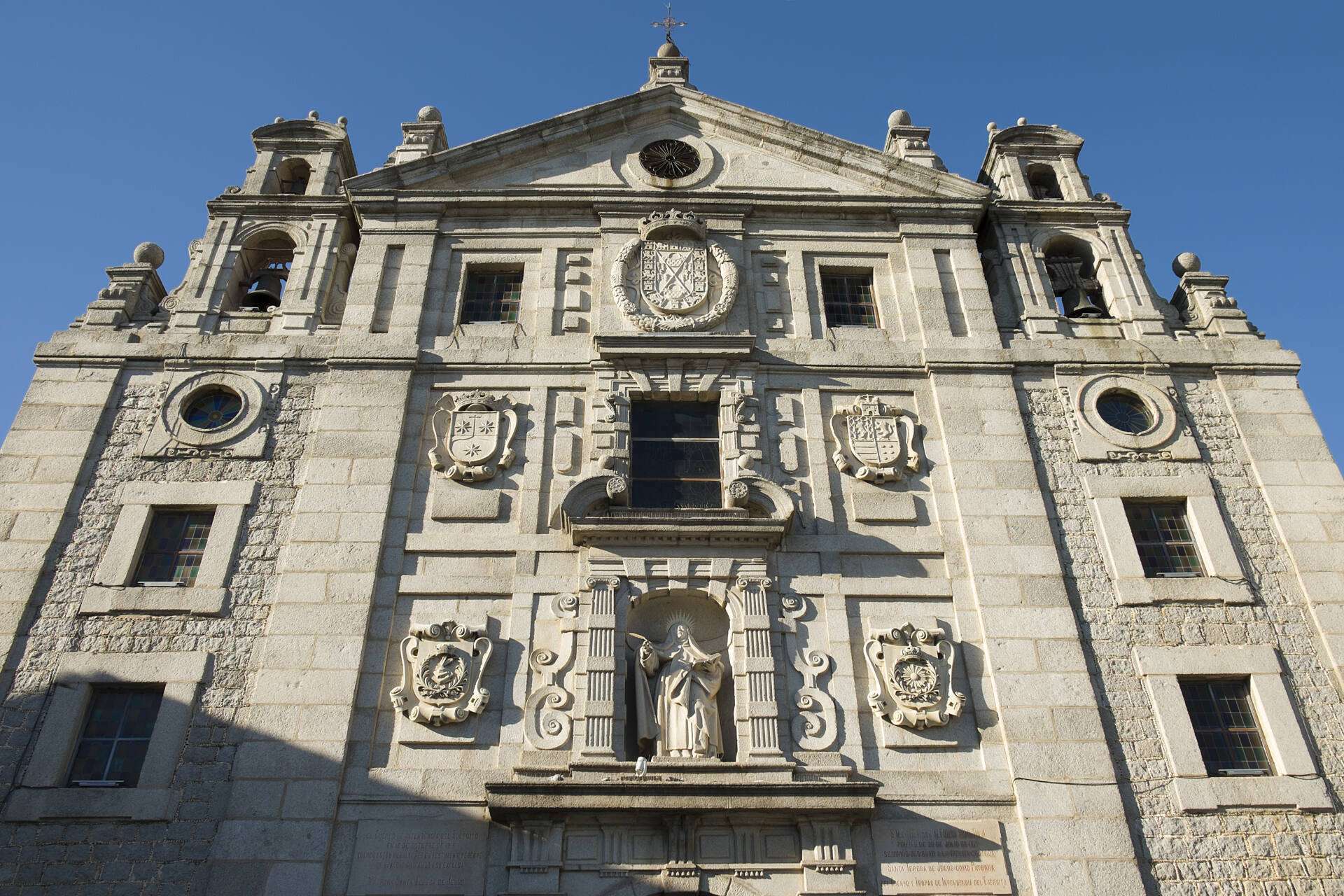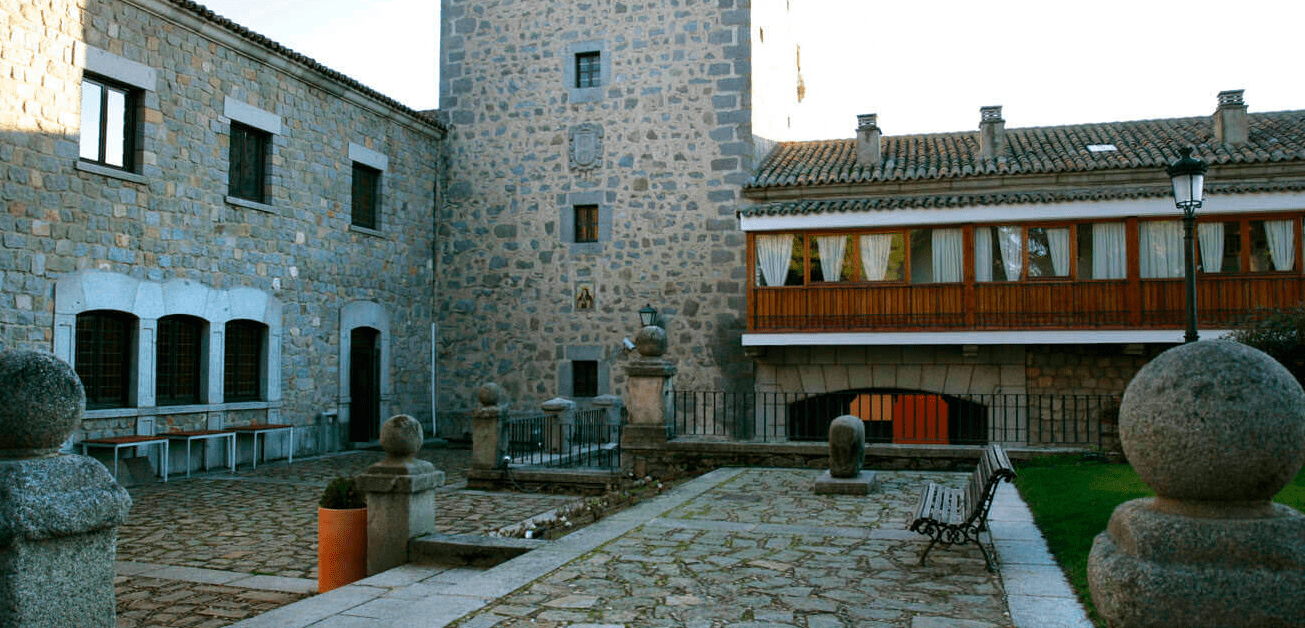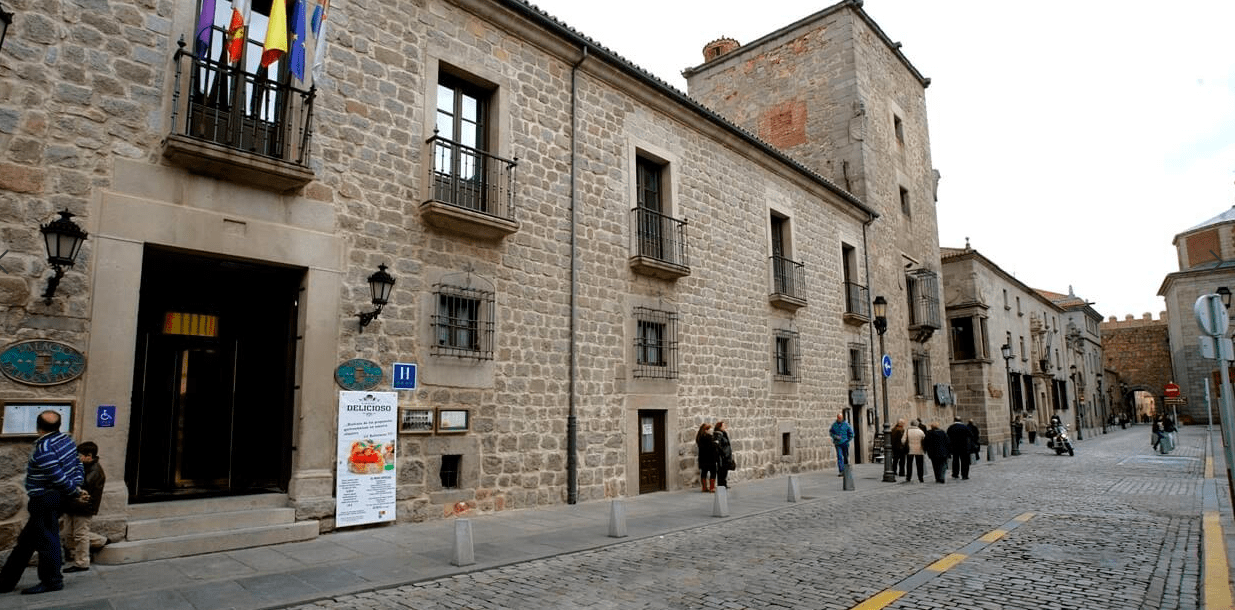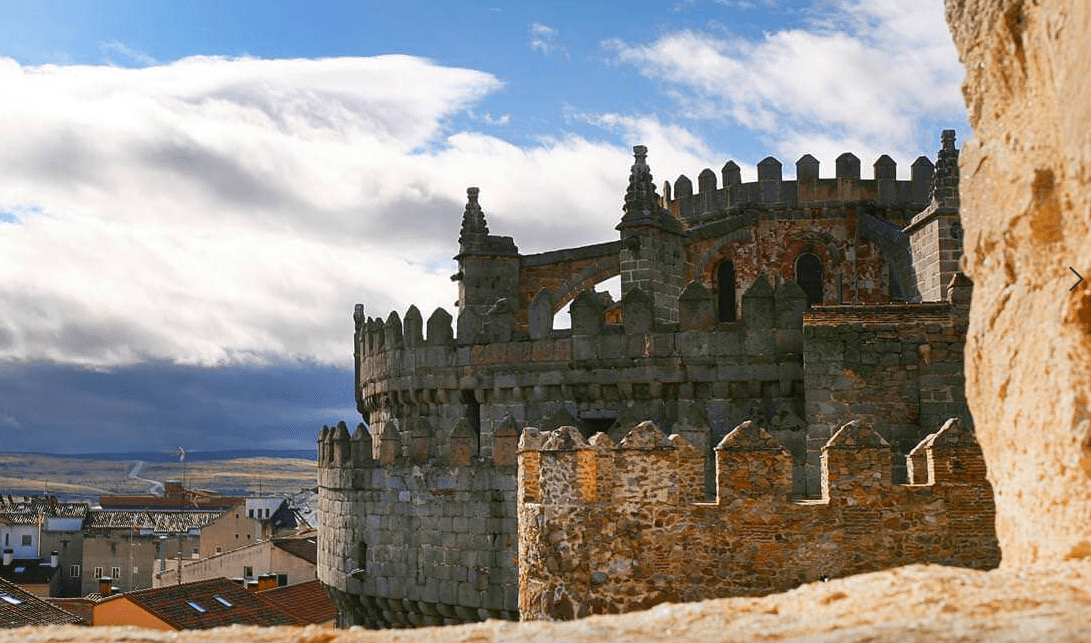Ávila
Ávila is more than just a city, it is a place to be discovered by visitors and locals alike, as every day is a new opportunity to delve into its history and make memories of everyday experiences full of emotion. The history of Ávila is written day by day, in every walk, in every glance, that is why Ávila is the city where you can feel part of history.
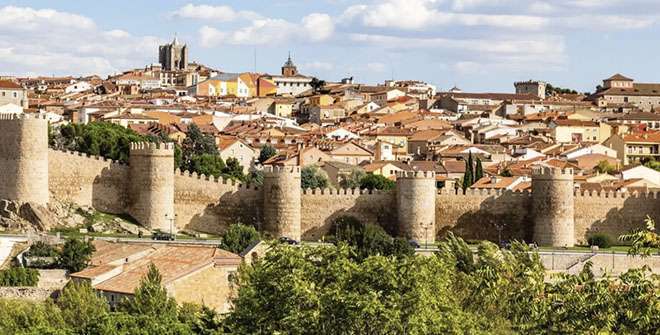
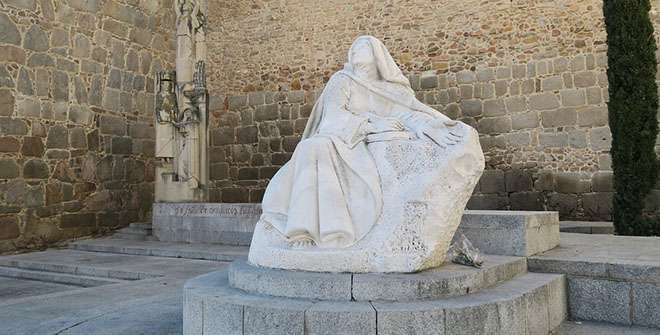
What you shouldn't miss in Ávila
The origins of Ávila are lost in the mists of time, there has even been talk of a legendary origin, but if we stick to reality, the first people to settle in Ávila were the Vettones, a branch of the Celts who populated the current provinces of Ávila, Salamanca and part of Portugal around 2500 BC.
Their settlements are known as castros, and today we can visit some of them near Ávila, such as Las Cogotas, in Cardeñosa, Ulaca, in Solosancho, Castillejos, in Sanchorreja, or Mesa de Miranda in Chamartín.
Undoubtedly the most characteristic symbol of the Vettones is the boar, a zoomorphic sculpture made of stone, of which we can find several examples in the city, such as the one located in the Plaza de Adolfo Suárez, the one at the door of the palace of the Verdugo or the one of the Romarina, kept in the tower of the Guzmanes; Others are kept in the Santo Tomé warehouse that can be visited, some are embedded in the wall, and another one is used as a base for the tower of the church of San Nicolás.

Some not-to-be-missed must-haves
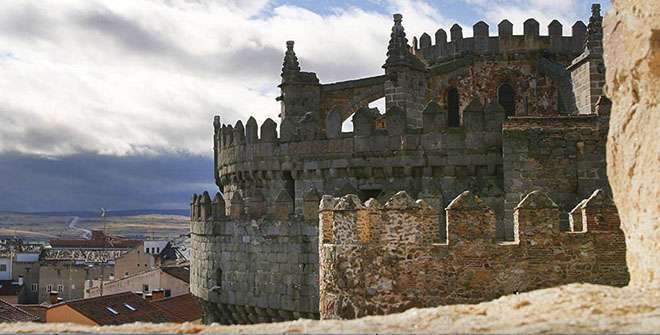
La Muralla de Ávila
The wall of Ávila is one of the best examples of fully preserved defensive architecture in the world. With 2000 years of existence, it has survived all the vicissitudes of history.
Archaeological excavations carried out on the wall reveal the construction of the wall in the 1st century AD, with the same layout and surface area as the present-day wall.
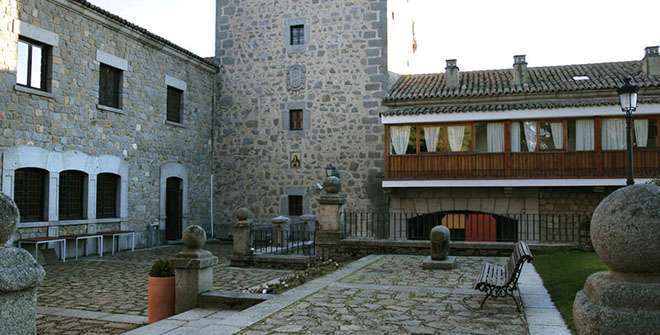
Real Monasterio de Santo Tomás
The Dominican monastery of Santo Tomás was built under the patronage of Hernando Núñez de Arnalte -treasurer of the Catholic Monarchs-, his wife María Dávila, the inquisitor Fray Tomás de Torquemada and the Catholic Monarchs. Work began in 1482 and was completed in 1493, although later, on the initiative of the Catholic Monarchs, a palace was built around the eastern cloister or “de los Reyes”, and the tomb of the Infante Don Juan was built in the church, who died in 1497.
Inquisitorial headquarters, in the 16th century the University of Santo Tomás was established, which lasted until the 19th century. The monastery has suffered many aggressions throughout history: sacked during the French invasion, abandoned after the disentailment of Mendizábal and affected by fires in 1699 and 1936.
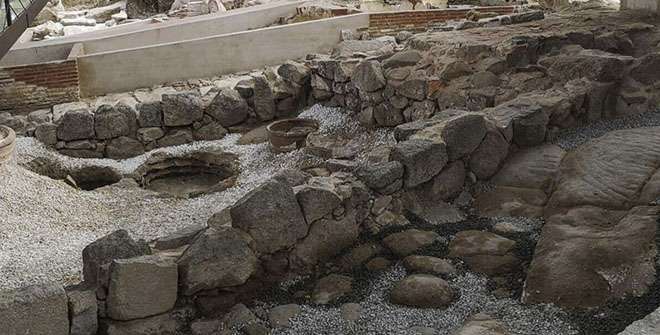
Tenerías Judías de San Segundo
As a result of archaeological research and explorations that uncovered an artisan complex dedicated to the tanning of skins – tanneries – which may have been in operation since medieval times (late 14th century), the “San Segundo” Jewish Tanneries have been consolidated after a recent restoration and enhancement project, and are now declared an Archaeological Site of Cultural Interest (BIC).
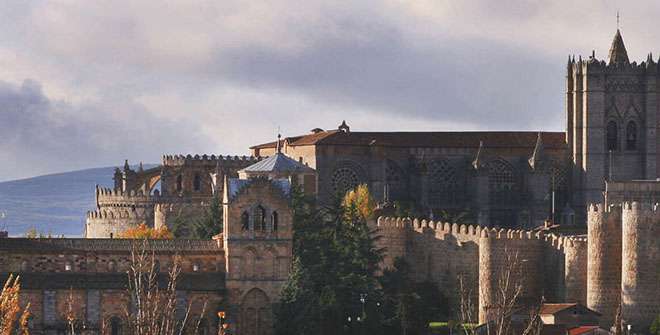
Palacio de los Velada
Erected in the Cathedral square, its construction is very heterogeneous, dating from the end of the 15th – beginning of the 16th century. A slender tower, decorated with corner coats of arms and once crenellated, stands out from the rest of the building.
The east-facing façade consists of a semicircular arched entrance with a large segmental arch and an ogee-arched window above it. The ensemble is framed by an alfiz.
The interior features a central courtyard with a three-storey portico, of which only the northern wing is preserved; the two lower galleries with segmental arches on Tuscan columns, and the lintelled upper gallery.
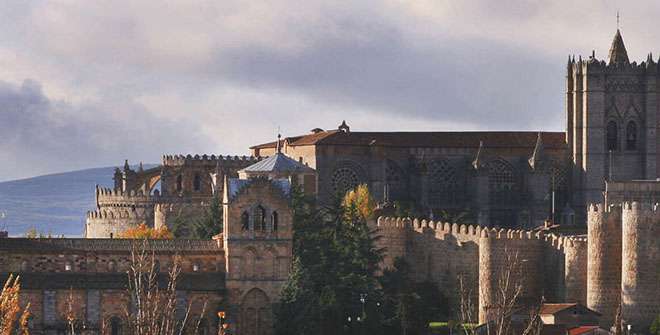
Catedral de Ávila
The cathedral of Ávila is designed as a temple and fortress, with its apse, known as the cimorro and built into the wall, being the most robust cube of the eastern wall.
Considered the first Gothic cathedral in Spain, it was erected on the remains of a primitive building dedicated to El Salvador. In 1172, Alfonso VIII decided to enlarge the previous building, commissioning the French master builder Fruchel to carry out the work.
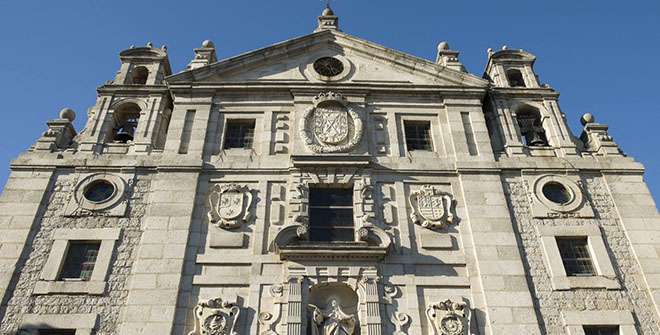
Basílica de Santa Teresa. Museum
The church, built over the house where Teresa de Cepeda y Ahumada was born, forms a complex with the Carmelite convent. Underneath, the great vaulted crypt of burials, now a Teresian museum and unique in Spanish religious architecture. Directed by the Carmelite architect Fray Alonso de San José, the works began in 1629 and were inaugurated on 15 October 1636.
In the purest Carmelite Baroque style, the church has a Latin cross plan with a central nave and side chapels, four per side. With the high altar to the NW, it does not follow the established liturgical orientation, an alteration that responds to the fact that the presbytery coincides with the rooms where Teresa of Jesus was born. On the right arm of the transept is the access to the chapel of Santa Teresa, which coincides with the rooms of the paternal residence, and, opposite, the “little garden where the saint used to make her hermitages”.
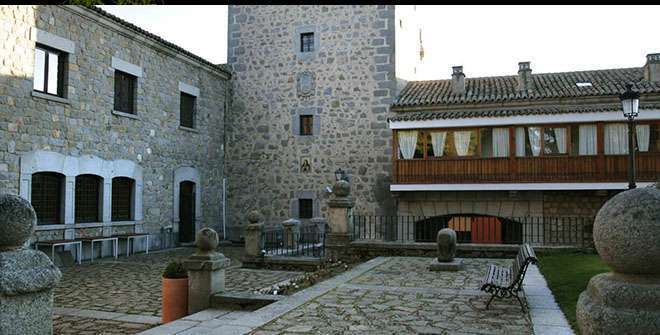
Palacio de Don Juan de Henao
Built by the alderman Don Juan de Henao and later owned by the Marquis of Benavites.
Don Juan de Henao Palace
The palace has undergone various alterations and uses. The original doorway, now transformed into a window, and the structure of the courtyard are still preserved, although it was rebuilt around 1922.

Monasterio de La Encarnación
This monastery is one of the essential places in the life of Teresa of Ávila, where she remained almost uninterruptedly from 1535 to 1574. When Teresa de Cepeda, without her father’s permission, entered the Order of Carmel, the monastery was one of the most populated in the city. It had a very large number of possessions, and as in many others, convent life was not rigorous, with very marked social differences among the nuns. At La Encarnación he received the advice of Francis Borgia, John of the Cross and Peter of Alcántara, and from here he prepared the Reform of Carmel.
The Convent houses a Teresian museum. One of the most outstanding works is a drawing by Juan de la Cruz depicting Christ on the Cross.
Pictures of Ávila
We leave you a selection so that you can extend your visit to Avila
Leave a reply
Do you have any comments or questions for us?


